Samsara: An interview with director Ron Fricke and producer Mark Magidson
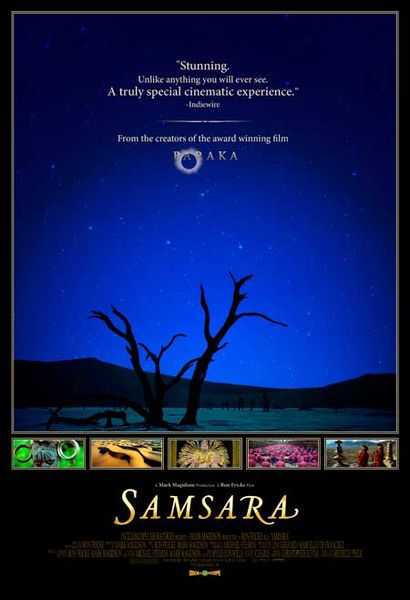
Samsara is a non-verbal, non-linear film that can be described as a harmonious visual experience, and we promise it is an experience you will not quickly forget. Although we are overflowed these days with time-lapse images and aerial views of beautiful sites, in this film the geniality lies in the variety of those images filling the screen, from the breathtaking planes with temples in Burma, to a sex doll manufacturer, to an armed family in the States proudly staring into the camera; it all shows the diversity and capabilities of humans on this planet. The film describes the cycle of life through themes such as religion, cultures and consumerism. Accompanied by engaging music, the film is a constant flow you will be taken up by. The film is entirely shot in 70 mm film using Panavision System 65 – material that leads to stunning images.
Ron Fricke and Mark Magidson have been working together on visually compelling projects for over 30 years. From Chronos (1985), to Baraka (1992) and now Samsara, together they explore the non-verbal art of visualising connectivity in life all over the world. We had the opportunity to talk with Ron and Mark about their collaboration and the new film Samsara.
As you have been working together for such a long time, how is the division between director and producer?
Ron: It’s all tangled together; it gets deluded after some time (laughs).
Mark: It’s a small group of people working on the project together. We only had four or five people on the road. The editing and creativity is kind of the pay-off from all the other stuff which is not as much fun. We have been doing this for a long time, and we have our rhythm in doing this and our process developed over the films.
R: Mark has got the toughest job; he does the most work holding the whole project together plus he is creatively involved with the edits and everything.
Just like the previous films, Samsara is not a regular documentary. It is not just a well-shot film using great techniques to produce the images. Samsara is almost like poetry, a journey from the insides to the outside of mankind, from life to death to rebirth. It touches on interconnectivity of people in life all over the world.
How much of the film is open for one’s own interpretation?
R: That’s kind of how we envisioned it from the beginning: a non-verbal guided meditation of themes on birth, death and rebirth. And that’s exactly what we have been trying to do, to let the audience just flow with it, not have a narrative that could stop that flow. The title Samsara means the wheel of life, or impermanence.
Within this continuous flow, Samsara interweaves epic landscapes and dramatic timelapses with different people staring as portraits into the camera. Shot in 27 different countries, the variety of shots, locations and people is huge: it goes from churches to factories to dancing inmates to Tibetan monks.
How could you sew all those images together?
R: Once we had that opening shot of the sand painting being made by monks in Ladakh (Tibet) and destroyed after, we knew we had the opening scene and the closing scene, and we knew we had the film. We just had to fill it in, so we went after the content based on the concepts of life, death and rebirth. When we edited it we cut it without any sound or music, because we wanted to let that flow come out in the images.
M: It can be quite hard because you don’t have a treatment; you don’t have a storyboard to follow. We had the sand painting as an anchor, and that’s it.
R: I think you are really “in” to making it work; you are trying to find the flow in all those images. You are trying to catch a certain thread, and you know when it works, because than you can feel it.
How do you think the film will engage the audience?
M: Well, I think the style of film-making is one where you try to provide a flowing experience, where that sort of seamlessness connects sequence and sequence like an internal journey. And I hope the audience can feel that and feel the connection. We tried to visualise a certain connection to life experience; matters that we all have in common all over the world.
Many scenes can raise questions about the society we are currently living in. Is there a political statement you wanted to make?
R: It’s a fine line; we didn’t necessarily want to push it that way. But some of those images just do that on their own; you can’t help it. They have a bit of personality talking to you, although that is not the real intention of the film; it’s only the flow that we were trying to show, the interconnections.
But you do choose to shoot certain images that can raise political and social question about society.
R: We are not saying it is good or bad, we are just showing it. We don’t have a point of view as a manifesto or something. We are really trying to show just what’s there and to let the images speak for themselves.
I must honestly admit: you need to open yourself up for it. You need to sit back and relax, let the images come and go, grasping the full range of aspects of life on many levels. Although the music can make it sometimes almost a bit sentimental, it could have been a bit more edgy if you like the epic themes, and if you are a bit into meditation or spirituality, you will love it. The film creates a stunning vision of hope, beauty and sometimes cruelty existing in our world without being judgemental, and I do not think it will leave anyone unmoved.
Emmy van Kleef
Samsara is released nationwide on 31st August 2012.
Watch the trailer for Samsara here:

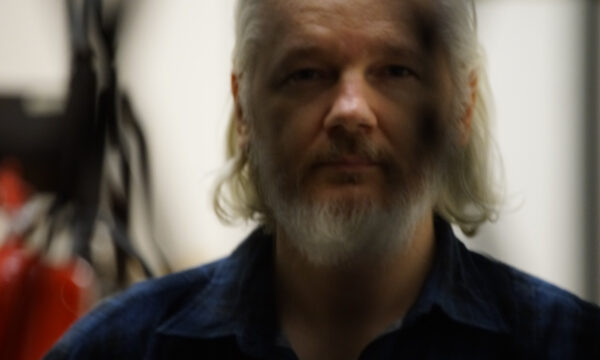

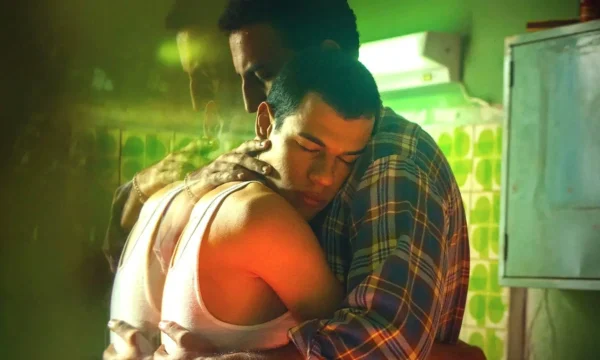
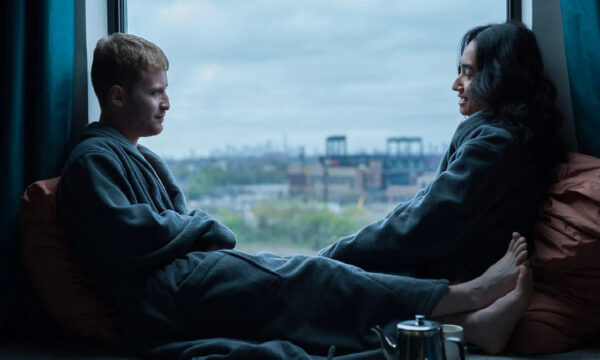
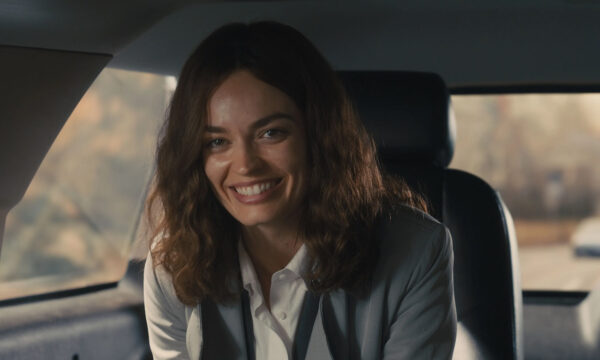
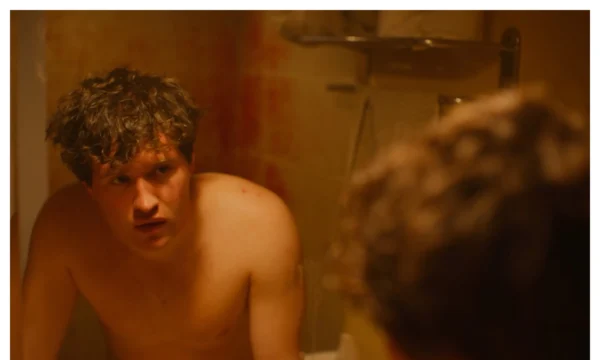

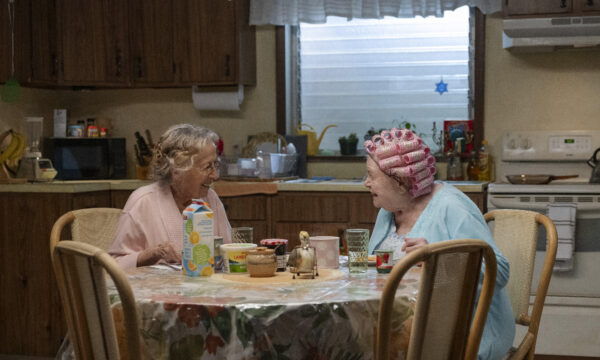
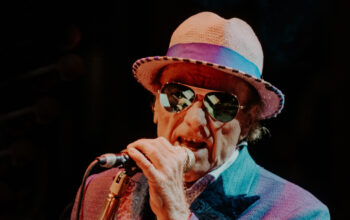
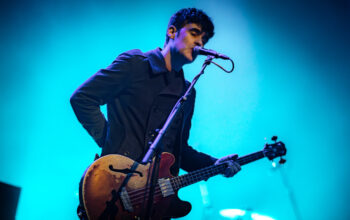

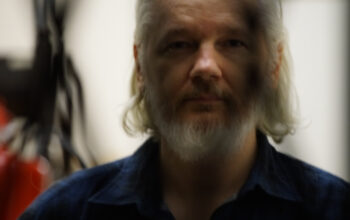

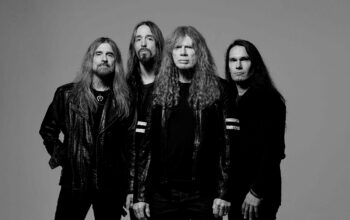

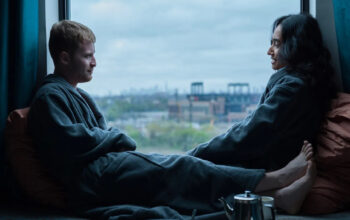




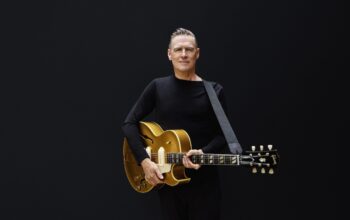
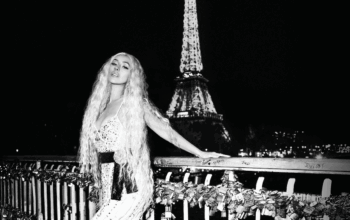
Facebook
Twitter
Instagram
YouTube
RSS